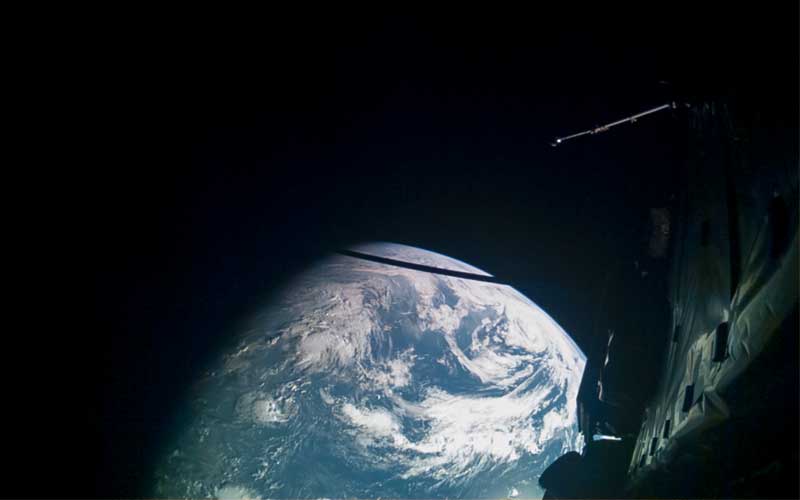ESA’s Icy Moons Explorer Racks Up Two World Firsts

The European Space Agency’s Jupiter Icy Moons Explorer spacecraft has completed the first-ever lunar-Earth flyby and the first-ever double gravity assist manoeuvre. Following its close approach to Earth, the spacecraft began its journey toward Venus for a flyby in 2025.
The Jupiter Icy Moons Explorer (JUICE) was selected in May 2012 to be the first L-class mission of ESA’s Cosmic Vision 2015-25 programme. Its primary mission is to orbit and study three icy moons of Jupiter: Ganymede, Callisto, and Europa, all of which have been identified as potentially harboring habitable environments. In July 2015, Airbus Defence and Space in France was awarded the €350.8 million contract to build the spacecraft.
JUICE was launched aboard an Ariane 5 rocket on 14 April 2023. Thanks to a flawless orbital injection by the rocket’s upper stage, the spacecraft has excess fuel, which researchers will use to obtain a closer look at Jupiter’s moon Ganymede than originally planned
First-ever double gravity assist
ESA announced the spacecraft’s successful competition of the double gravity assist on 21 August. It was the mission’s first major manoeuvre since it was launched in 2023.
Its closest approach to the Moon occurred at 21:15 UTC on 19 August, which increased its speed by 0.9 km/s relative to the Sun. This manoeuvre gave the spacecraft a nudge toward Earth.
Just over 24 hours after its flyby of the Moon, JUICE made its closest approach to Earth at 21:56 UTC on 20 August. The approach saw the spacecraft pass within 6,840 kilometres of the Earth’s surface from which it had been launched 494 days earlier. The spacecraft’s flyby of Earth reduced its speed by 4.8 km/s relative to the Sun, putting it on a trajectory towards Venus.
“Thanks to very precise navigation by ESA’s Flight Dynamics team, we managed to use only a tiny fraction of the propellant reserved for this flyby,” explained JUICE spacecraft operations manager Ignacio Tanco.” This will add to the margins we keep for a rainy day or to extend the science mission once we get to Jupiter.”
Overall, the double gravity assist manoeuvre deflected JUICE by an angle of 100°. While the precision required for the manoeuvre made it inherently risky, by doing so, ESA saved the mission approximately 100 to 150 kilograms of fuel. The more fuel saved during transit, the more science can be conducted once JUICE reaches Jupiter in July 2031.
In addition to fuel savings, the double flyby also allowed the JUICE team to test the spacecraft’s scientific instruments in space. All ten instruments were switched on during the Moon flyby and eight during the Earth flyby.
Related
A New Book Argues That What Happens in Europe Doesn’t…
Remaking the World: European Distinctiveness and the Transformation of Politics, Culture, and the Economy by Jerrold Seigel “No issue in world
Poland plans military training for every adult male amid growing…
Poland’s prime minister, Donald Tusk, has said his government is working on a plan to prepare large-scale military training for every adult male in response t
2025 European Athletics Indoor Championships: Ditaji Kambundji secures women’s 60m…
Switzerland’s Ditaji Kambundji walked away from the 2025 European Athletics Indoor Championships in Apeldoorn on 7 March with much more than her first Europea
Takeaways from the EU’s landmark security summit after Trump said…
BRUSSELS (AP) — European Union leaders are trumpeting their endorsement of a plan to free up hundreds of billions of








